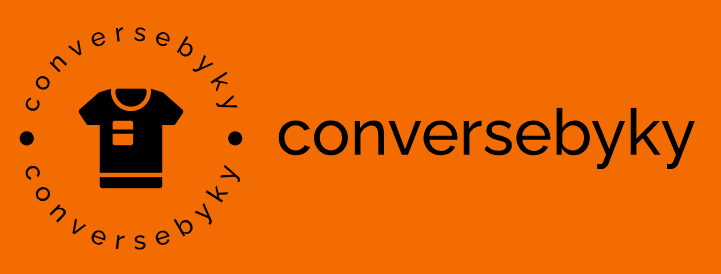 How to Buy a Waist Training Corset
How to Buy a Waist Training Corset
Traditionally, “waist training” alludes to the use of steel boned corsets to produce a visible hourglass shape. By cinching a waist training corset tighter, a woman’s floating ribs will be pulled and even do some rearranging of her internal organs to successfully decrease the circumference of her waist. The results are semi-permanent, which signifies that continued corseting is needed after the aimed reduction has been attained.
If you are thinking about buying one for yourself, you have a lot of options. Although it is surely fun to shop for them, it can also be quite overwhelming. Below are some of the most essential factors that you should keep in mind when you want to purchase a waist training corset.
Figure out Your Size
As a basic guideline, if your natural waist (where you bend side to side) is under 38″, opt for a corset that is 4-7 inches smaller than your natural waist. If it is over 38″, pick one that is 7-10 inches smaller than your natural waist. Your waist trainer should be sufficiently tight to pull your waist in on the 3rd hook closure. It should not impede your breathing and there should be no pain. The shaper needs to close right without any bulging.
Choose from Under-bust or Over-bust Corsets
Waist training corsets can be purchased either as under-bust or over-bust. True to the name, the under-bust corset is located the bust, offering no coverage of the breasts. This can be beneficial since they can be worn with various types of bras, pasties, or even over your other garments to create a costume or a fashion statement. On the other hand, the over-bust corset offers coverage of the breasts and is available in a extensive range of neckline styles. They are also available with or without straps.
Identify Type of Boning
Steel boning is available in two different types, spiral steel and flat steel. Spiral steel tends to be more flexible than flat steel, but they are usually both used in the same corset. Although corsets with steel boning are typically a lot more expensive, the advantages of buying a corset with this type of boning are certainly worth the additional cost. A steel boned corset can be used for waist training if the overall construction of the corset is sufficiently strong. Double boned corsets, which are constructed from steel, are mostly used for waist training. They have twice as much boning as a usual corset so they provide more support and can also be laced tighter.
